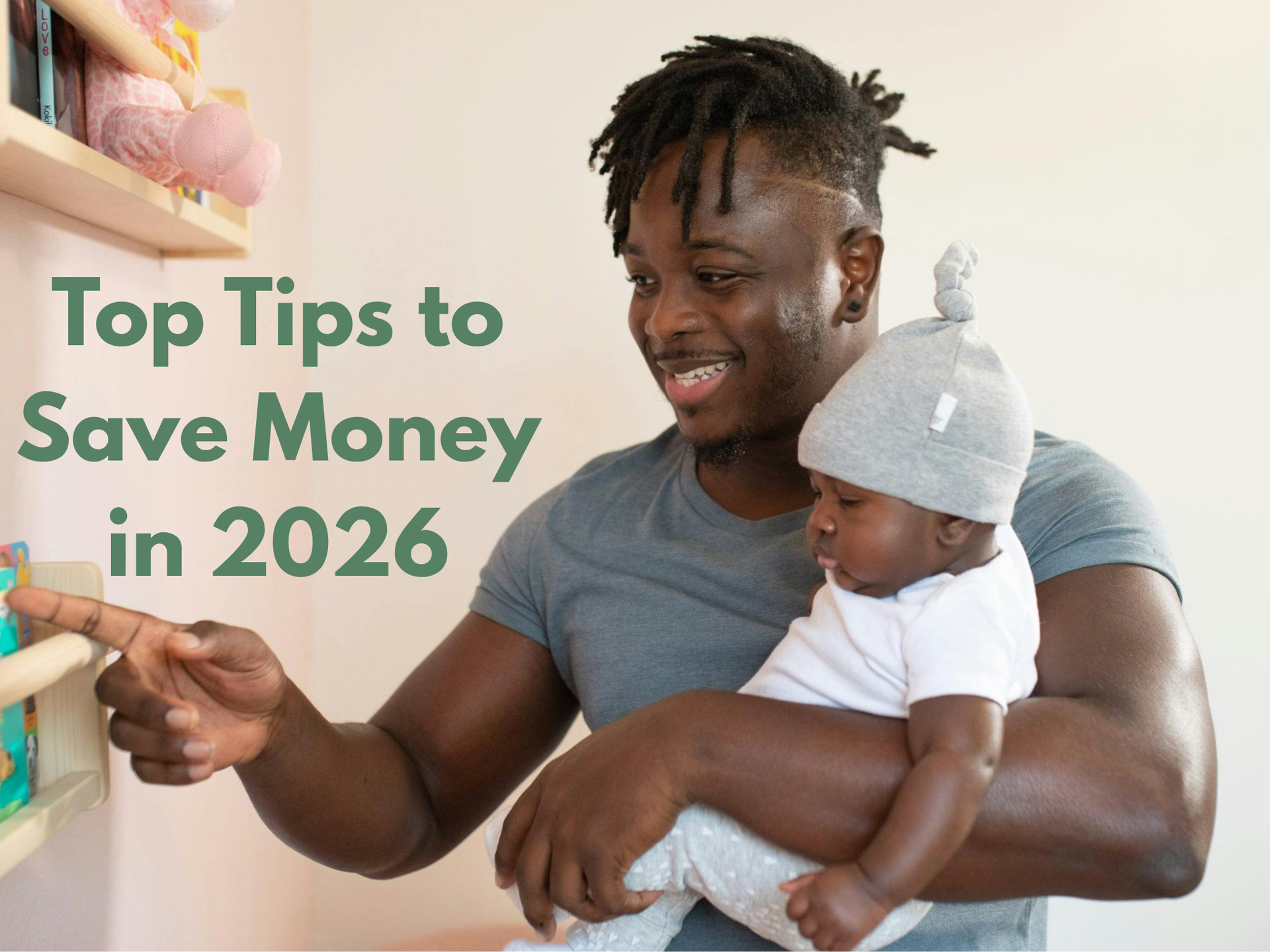Proposed GST Rebate Could Save First-Time Homebuyers Thousands
There’s promising news out of Ottawa for first-time homebuyers that could significantly reduce the cost of getting into the housing market when purchasing a newly built or substantially renovated home.
On May 27 th , the federal government proposed legislation to provide GST relief on new home purchases for first time buyers: A full rebate on purchases of up to $1 million and a partial rebate on homes between $1Million and $1.5Million. The proposal still needs to be passed by parliament, but this change could translate into savings of up to $50,000, making a big difference in both the short- and long-term homeownership affordability.
In today’s high-price environment, first-time buyers often struggle to save the required down payment while also qualifying for a large enough mortgage. By removing or reducing the 5% GST on qualifying new builds and substantially renovated properties, this policy eases some of that financial burden.
A recent report from Desjardins Economics shows these savings are more than just hypothetical. A first-time buyer purchasing a new home at the $1 million mark (inclusive of tax) could see a reduction of around $240 on their monthly mortgage payments. This money could then be redirected toward savings, home improvements or simply making life more manageable. Plus, with the tax removed, the required down payment is also slightly lower, which helps ease upfront costs.
Maximizing support for first-time homebuyers
For parents helping children buy their first home – whether through gifting the down payment or co-signing a mortgage – this change presents an opportunity to maximize that support. A lower purchase price and more affordable carrying costs make it easier for younger buyers toqualify for financing and remain financially stable after closing day.
If you’re considering buying a newly built or substantially renovated home, now is a great time to talk to your mortgage broker about how this GST rebate could impact your mortgage strategy – and your bottom line.
Have questions about your first-time homebuyer mortgage options or wish to book a free review to see if your mortgage is still right for you?
I’m here to help: 604-788-8693 | tanya@tanyatoye.ca




